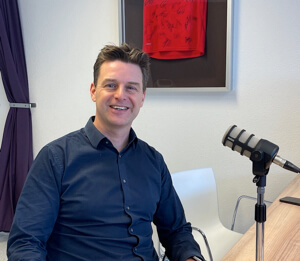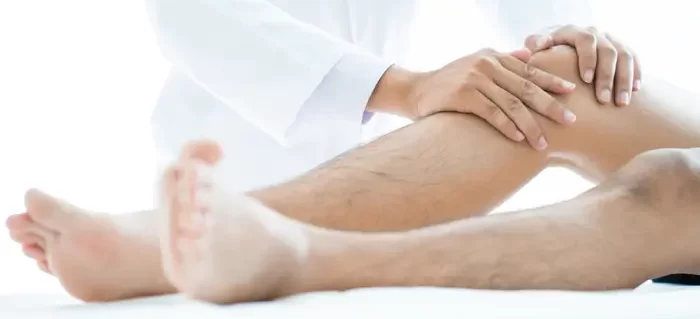The future of anterior cruciate ligament (ACL) reconstruction
Curious about the future of anterior cruciate ligament (ACL) suturing? Below, Roy Hoogeslag shares his vision and opinion on the development of ACL suturing techniques.
How do you envision the future of anterior cruciate ligament (ACL) suturing?
When the technique of anterior cruciate ligament (ACL) suturing was reintroduced, it was warmly welcomed by several clinics and orthopedic surgeons. In theory, this technique appeared promising. However, in practice, as often happens with new surgical techniques, the procedure was performed too frequently without proper indication, and insufficient data was collected regarding reoperations and outcomes. A counterargument emerged, suggesting that the Ligamys implant, for example, was too large, the recurrence rate of anterior cruciate ligament sutures was too high, and ACL revision was challenging. As a result, the Dutch Orthopedic Association (NOV) decided that ACL suturing should only be continued within the context of clinical studies.
According to my study, anterior cruciate ligament (ACL) suturing appears to be effective and yields similar results to ACL reconstruction. However, the population examined in the study was relatively small. Currently, we are participating in a much larger study involving multiple major Dutch centers, led by Dr. J. v.d. List and D. Vermeijden from the AMC. I have high expectations for this study and suspect that ACL suturing will become a viable option for a select group of patients in the long run.
What hurdles would need to be overcome in this regard?
"Hurdles" has a negative connotation, but research is necessary to introduce a new technique as a fully established treatment approach. I find conducting research very exciting because it can reveal that ACL suturing can become a mainstream component in the treatment algorithm for a torn anterior cruciate ligament (ACL). Before reaching that point, it is important to investigate the outcomes when combining ACL suturing with other techniques, such as anterolateral corner reconstruction. (blog: ALL) Currently, various techniques, including anterolateral corner reconstruction, are positively influencing the outcomes of surgery for a torn anterior cruciate ligament (ACL). Additionally, it is crucial to investigate the suitability of ACL suturing for specific individuals and determine the optimal circumstances for applying this technique. Furthermore, healthcare professionals will need training in the surgical technique to effectively implement it.
What else is needed to establish anterior cruciate ligament (ACL) suturing as a fully recognized treatment technique for ACL injuries?
As mentioned earlier, anterior cruciate ligament (ACL) suturing offers interesting advantages over ACL reconstruction. We have also demonstrated the effectiveness of ACL suturing. It is important to note that ACL suturing will never replace ACL reconstruction entirely. Instead, both techniques can coexist and be part of the orthopedic surgeon's toolkit. However, further research is still needed before ACL suturing can be widely accepted as a new treatment option. Perhaps in a few years, we can revisit this topic and gain more clarity on how this technique fits into the treatment of ACL injuries.

Roy Hoogeslag
Roy Hoogeslag is an orthopedic surgeon specializing in the treatment of ligamentous injuries, particularly the anterior cruciate ligament (ACL). He is affiliated with the Orthopedic Center East Netherlands (OCON Orthopedic Clinic) located in Hengelo.
Roy has obtained a doctorate degree in the field of suturing the anterior cruciate ligament (ACL). If you would like to learn more about ACL suturing, please click the provided here. If you want to learn more about the advantages and disadvantages, please click here. To listen to a podcast about anterior cruciate ligament (ACL) suturing, click here.
To find out more about Roy Hoogeslag, please click here.




